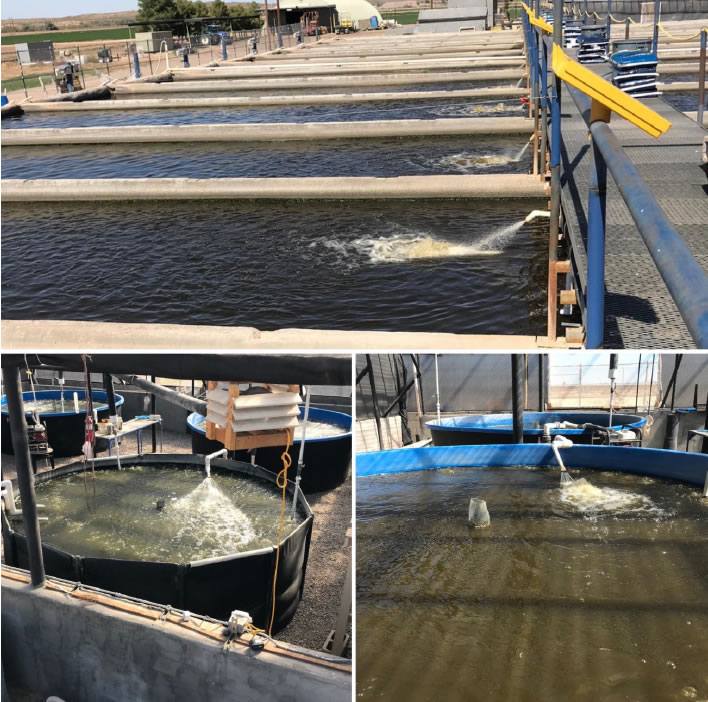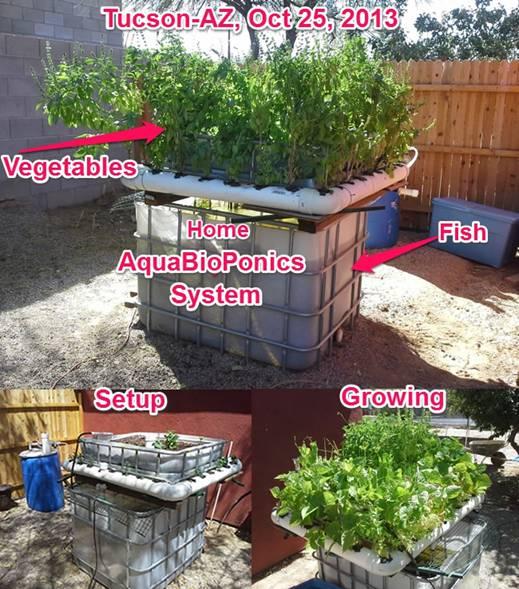Contents
- 1 Innovation is the process of creating and applying new ideas, methods, or technologies to solve problems or improve existing situations
- 2 Prof. Aécio D’Silva, Ph.D AquaUniversity
- 3 How to Promote Polyculture and Sustainable Integrated Aquaculture methods in tilapia farming
- 4
- 5 How do we design, manage, and optimize polyculture and sustainable integrated aquaculture systems for different species, scales, and regions?
Innovation is the process of creating and applying new ideas, methods, or technologies to solve problems or improve existing situations
Prof. Aécio D’Silva, Ph.D
AquaUniversity
Sustainable Integrated Aquaculture – Innovation can play a key role in promoting polyculture and sustainable integrated aquaculture practices, which are methods of farming fish and other aquatic organisms with other species or systems, to increase the productivity, diversity, and sustainability of the aquaculture system. [1]
Some of the ways that innovation can promote polyculture and Sustainable Integrated Aquaculture practices are:
- Developing and transferring innovative and efficient technologies and methods for polycultures and integrated aquaculture, such as biofiltration, bioremediation, biodigestion, bioflocs aquabioponics and biomineralization, which can improve the water quality, nutrient cycling, waste management, and energy use of the system. [2 3]
- Improving the genetic and health management of aquatic organisms, such as using selective breeding, genetic engineering, or vaccination, to enhance the growth, yield, quality, and disease resistance of the organisms, as well as their compatibility with other species or systems. [4, 1]
- Creating and expanding the demand and supply of polyculture and integrated aquaculture products, such as developing niche markets, eco-labels, and consumer preferences, as well as improving the quality, safety, and traceability of the products.
- Implement Aquabioponics Biofloc Systems. AquaBioPonics Biofloc Systems – ABPBS Technology – is an innovative integrated food production system, that synergistically combines aquaculture + bioflocs + algae culture + hydroponics + rainwater harvesting + beneficial microbes + vermiculture + soil farming + small animal farming + solar and wind energy + biofertilizers and other components, to produce high quality organic food. Recently, the efficiency of AquaBioPonics systems was substantially increased when Bioflocs – BFT – technology was added as a water quality treatment technique.
These are some of the examples of how innovation can promote polyculture and sustainable integrated aquaculture practices. However, innovation also requires investment, collaboration, and adaptation, as well as addressing the potential risks and challenges, such as ethical, social, and environmental issues. [1].
How to Promote Polyculture and Sustainable Integrated Aquaculture methods in tilapia farming
Polyculture and integrated aquaculture are two methods of farming tilapia with other aquatic organisms, such as shrimp, prawns, mussels, or plants, to increase the productivity, diversity, and sustainability of the aquaculture system. [5]
Polyculture is the simultaneous cultivation of two or more compatible species in the same pond or cage, where they share the same water, feed, and space. Polyculture can improve the utilization of natural resources, enhance water quality, increase the total yield and profit, and reduce the risk of disease and market fluctuations. [6]
For example, tilapia can be cultured with penaeid shrimp, such as whiteleg shrimp or black tiger shrimp, in freshwater or brackish water ponds or cages. Tilapia can feed on plankton and organic matter in the water, while shrimp can feed on the benthic organisms and detritus in the sediment. Tilapia can also control the growth of algae and weeds and provide aeration and circulation for the shrimp.
Integrated aquaculture is the sequential or parallel cultivation of two or more species in separate but connected units, where the water, nutrients, and waste are transferred from one unit to another. Integrated aquaculture can reduce the environmental impact, recycle the waste, and diversify the products and income sources. [6]
For example, tilapia can be cultured with rice, vegetables, or fruits in an integrated aquaculture-agriculture system. Tilapia can be grown in ponds or tanks, where they produce nutrient-rich water and solid waste. The water can be used to irrigate and fertilize the crops, while the solid waste can be used as a soil conditioner or a feed supplement for livestock or poultry. The crops can also provide shade and oxygen for the tilapia.
These are some of the main features and benefits of polyculture and integrated aquaculture methods in tilapia farming. If you want to learn more about these methods, you can read more posts in https://algaeforbiofuels.com/?s=aquabioponics/.
How do we design, manage, and optimize polyculture and sustainable integrated aquaculture systems for different species, scales, and regions?
Designing, managing, and optimizing the polyculture and integrated aquaculture systems for different species, scales, and regions is a complex and dynamic task that requires a combination of scientific knowledge, practical skills, and adaptive management. Some of the general steps and principles that can guide this process are: [2]
- Assessing the needs, resources, and opportunities of the local context, such as the market demand, the environmental conditions, the social and cultural factors, and the legal and institutional frameworks.
- Selecting the appropriate species, systems, and methods for polyculture and integrated aquaculture, based on their compatibility, productivity, efficiency, and sustainability. For example, choosing species with different feeding habits and habitat preferences, using biofiltration, bioremediation, biodigestion, residues for biofuels, bioflocs aquabioponics and biomineralization methods, and integrating aquaculture with agriculture, livestock, or renewable energy production.
- Designing and constructing the polyculture and integrated aquaculture facilities, such as ponds, cages, tanks, or greenhouses, using suitable materials, technologies, and layouts, to ensure optimal water quality, nutrient cycling, waste management, and energy use.
- Stocking and feeding the aquatic organisms, using organic or sustainable feed, natural or eco-friendly health management, and optimal stocking density, ensure adequate nutrition, growth, and health of the organisms.
- Monitoring and evaluating the performance and impact of the polyculture and integrated aquaculture, using indicators, such as yield, quality, profitability, environmental impact, and social benefit, to assess the effectiveness and efficiency of the system.
- Adapting and improving polyculture and integrated aquaculture, using feedback, innovation, and learning, to cope with changing conditions, challenges, and opportunities, and to enhance the productivity, diversity, and sustainability of the system.
These are some of the general steps and principles that can be adapted and applied to different regions, depending on their specific needs, resources, and opportunities. If you want to learn more about the polyculture and integrated aquaculture methods, you can read these at https://algaeforbiofuels.com/?s=aquabioponics about AquaBioPonics Systems.
References;
[1] Martinez-Cordova, L.R., Emerenciano, M.G.C., Miranda-Baeza, A. et al. Advancing toward a more integrated aquaculture with polyculture?>?aquaponics?>?biofloc technology?>?FLOCponics. Aquacult Int 31, 1057–1076 (2023). https://doi.org/10.1007/s10499-022-01016-0.
[2] BusaidiWhat, R A (2021) What Is integrated aquaculture and how can it help feed the world? – World Economic Forum. https://www.weforum.org/agenda/2021/08/integrated-aquaculture/
[3] FAO. 2019. Aquaculture Innovations, Their Upscaling and Technology Transfer To Increase Efficiency, Combat Environmental Degradation And Adapt To Climate Change. Committee on Fisheries. Trondheim, Norway. https://www.fao.org/3/na401en/na401en.pdf
[4] Demavivas, K. (2023). 4 Ways to Ensure the Future of Aquaculture Is Sustainable. Friends of Ocean Action, World Economic Forum. https://www.weforum.org/agenda/2023/03/4-ways-to-ensure-the-future-of-aquaculture-is-sustainable/.
[5] Wang, M., & Lu, M. (2016). Tilapia polyculture: A global review. Aquaculture Research, 47(8), 2363-2374. https://doi.org/10.1111/are.12708
[6] Robles, M. R., Rutaquio, M. P., Gutierrez, R. C., & Salayo, N. D. (2021). Assessment of Tilapia–Freshwater Prawn Co-Culture Schemes in Tanks and Lake-Based Cages for Increased Farm Production. Sustainability, 13(24), 13574. https://doi.org/10.3390/su132413574





